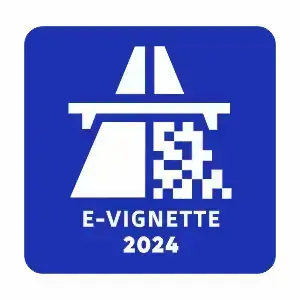The development of the Hungarian expressway network was a long and complex process that took more than six decades. If we take the opening of the first highway section as a starting point, the development and expansion of the network traces a 60-year historical arc. Such large-scale infrastructure developments naturally required thorough planning, which formed the basis for subsequent implementation.
The plan drawn up in 1961, which projected a radial expressway network centered on Budapest, was preceded by a previous, much earlier plan from 1941. The valiant engineer and economist Dr. Vásárhelyi Boldizsár then put on paper his work entitled "Technical requirements of AUTOMOBILE PATHS and the program for the development of Hungarian motor vehicle tracks", in which he also presented the concept of a ring road bypassing Budapest. In his Vásárhely plans, however, avoiding Budapest and thus solving the capital's internal traffic problems took a central role, which differs from the focus of the 1961 plans.
The development of expressways in Hungary began quickly, since in 1942 the expressway leading to Ferihegy Airport was created, which was not a highway, but its design without intersections served as a precedent for later highway constructions. The contribution of Vásárhelyi Boldizsár was also significant in this project. The expressway network dreamed up by Vásárhelyi, with approximately 1,770 kilometers of road sections, in many respects anticipated the modern Hungarian expressway network. The idea of a complete ring road included in the 1941 plan - which would have completely avoided Budapest - has not been fully realized even today, since the M0 highway is not even complete today. Many similarities can be discovered between the ideas of Dr. Vátez Boldizsár Vásárhelyi and modern developments, which suggests that the vision he formulated could serve as a kind of forward-looking basis for determining the direction of infrastructure development in the coming decades.
Through his plans and work, we can glimpse into a future whose individual elements took shape only after a long time, proving the timelessness of the excellent specialist's vision.



 Deutsch (DE)
Deutsch (DE)
 Greek (GR)
Greek (GR)
 Italiano (IT)
Italiano (IT)
 Magyar (HU)
Magyar (HU)
 Polski (PL)
Polski (PL)
 Română (RO)
Română (RO)
 Slovensky (SK)
Slovensky (SK)
 Slovenščina (SL)
Slovenščina (SL)
 Türkçe (TR)
Türkçe (TR)
 Česká (CZ)
Česká (CZ)








